The mysterious nightjars, with their cryptic plumage and nocturnal habits, are among nature’s most enigmatic creatures. These medium-sized birds have evolved over millennia to become perfectly adapted to their specific ecological niches, serving as crucial components in their respective ecosystems. Yet despite their importance, nightjars often go unnoticed, their populations quietly fluctuating without triggering widespread concern. This silence may soon become deafening, as various nightjar species face mounting threats across the globe. What might happen if these secretive birds were to disappear? The consequences would extend far beyond the loss of their haunting evening calls, rippling through ecosystems and potentially disrupting the delicate balance that sustains countless other species—including humans.
The Hidden World of Nightjars: An Introduction
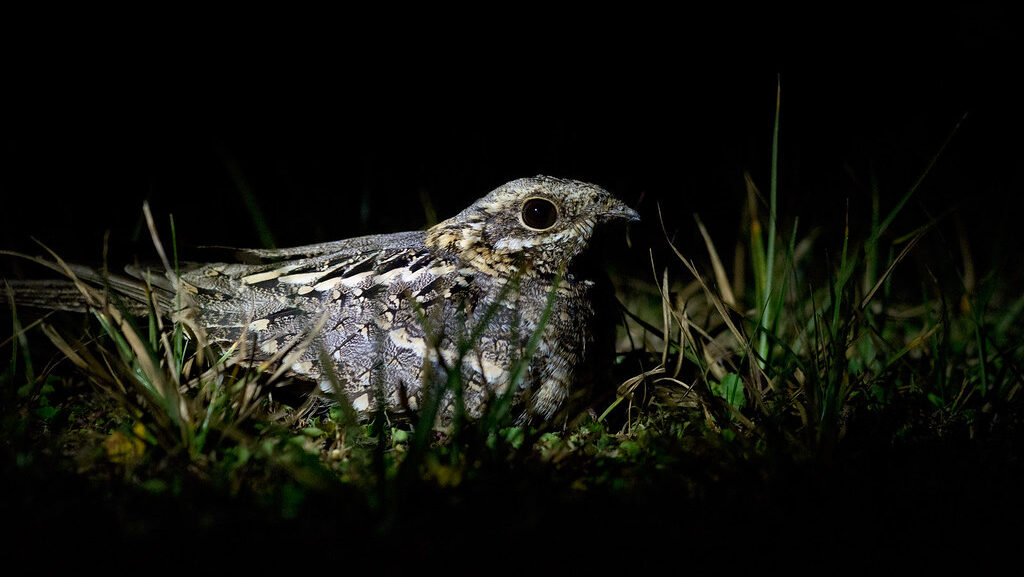
Nightjars comprise a family of birds (Caprimulgidae) found on every continent except Antarctica, with approximately 100 species worldwide filling various ecological niches. These birds are characterized by their cryptic, mottled plumage that provides perfect camouflage against forest floors, branches, and other natural backgrounds. Most species are strictly nocturnal or crepuscular (active at dawn and dusk), using their exceptional night vision to hunt flying insects with remarkable precision. Their wide mouths fringed with sensitive bristles act as effective insect traps as they fly silently through the night, while their specialized eyes reflect light in a distinctive red glow that sometimes reveals their presence to careful observers. Despite their widespread distribution, many people have never consciously encountered a nightjar, though they may have heard their distinctive calls echoing through forests and fields on summer nights.
Ecological Significance as Insect Predators
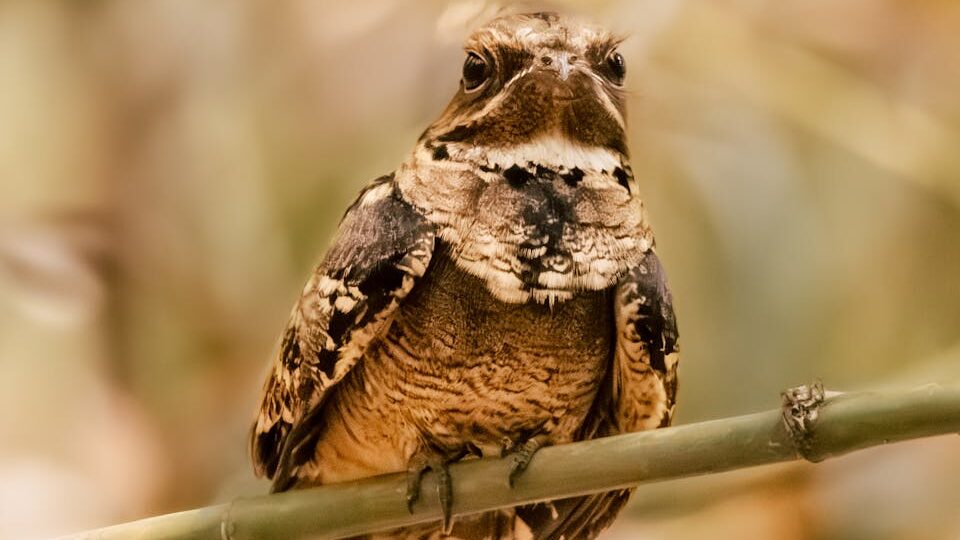
Nightjars serve as critical insect population regulators, consuming massive quantities of moths, beetles, mosquitoes, and other flying insects each night. A single Common Nighthawk (a member of the nightjar family) can consume over 500 mosquitoes in a single evening, making these birds natural pest controllers of extraordinary efficiency. This predation helps maintain balanced insect populations that might otherwise experience boom-and-bust cycles with detrimental effects on agriculture and human health. By targeting nocturnal insects that other predators miss, nightjars occupy a specialized niche that few other species can fill effectively. Their loss would likely result in increased insect abundance, potentially leading to agricultural damage and greater prevalence of insect-borne diseases in some regions.
The Silent Decline of Nightjar Populations

Across numerous regions, nightjar populations have experienced concerning declines over recent decades, with some species now listed as threatened or endangered. The European Nightjar declined by more than 50% in parts of its range during the latter half of the 20th century, while the Whip-poor-will has disappeared from significant portions of its historical range in North America. These declines often go unnoticed due to the birds’ secretive nature and the difficulties associated with monitoring nocturnal species through traditional survey methods. Conservation organizations struggle to raise awareness and funding for nightjar research and protection partly because these birds lack the charismatic appeal of more visible species. This silent decline represents an ecological warning sign that demands greater attention, as species that disappear quietly may indicate ecosystem troubles before more obvious symptoms emerge.
Habitat Loss: The Primary Threat
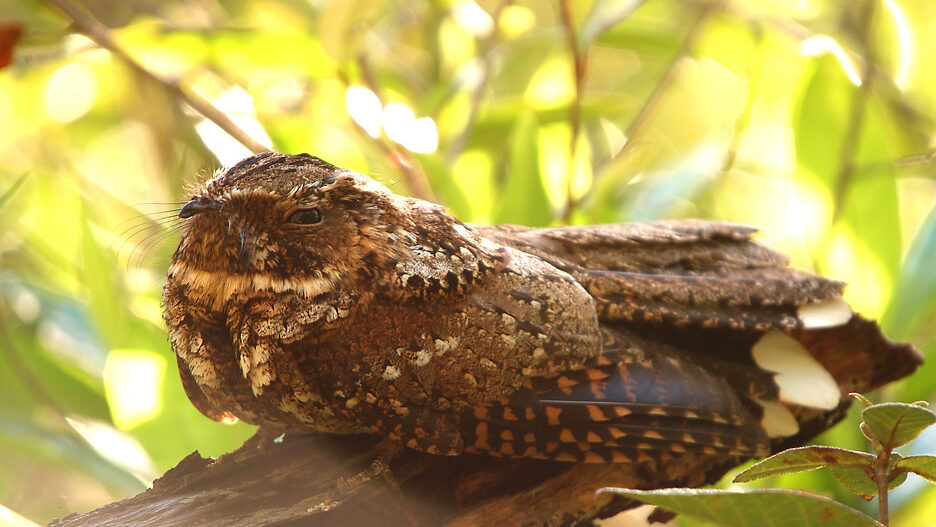
Habitat destruction and fragmentation represent the most significant threats to nightjar populations worldwide, with various species requiring specific ecological conditions to thrive. Many nightjar species depend on particular forest types, open woodlands, or transitional habitats that are rapidly disappearing due to agricultural expansion, urban development, and resource extraction. The European Nightjar, for instance, requires heathland habitat that has been reduced by over 80% in the UK during the past century. Specialized species like the Oilbird, which nests in specific cave systems in South America, face even greater vulnerability when their limited habitats are disturbed. The loss of specialized habitats eliminates not only nesting sites but also reduces the abundance and diversity of insect prey upon which nightjars depend, creating a compounding negative effect on their populations.
Agricultural Intensification and Pesticide Use

Modern agricultural practices have dramatically impacted nightjar populations through multiple mechanisms, creating increasingly inhospitable landscapes for these specialized birds. The widespread application of insecticides has diminished the abundance of moths, beetles, and other flying insects that form the core of nightjar diets, effectively reducing their food supply across vast regions. Studies have documented insect biomass reductions exceeding 75% in some agricultural landscapes over recent decades—a staggering loss that directly affects insectivorous birds like nightjars. Additionally, pesticide exposure may cause direct toxicity to birds or accumulate in their tissues, potentially affecting reproduction and long-term survival. The conversion of diverse agricultural landscapes to monocultures eliminates the habitat mosaics that many nightjar species prefer for foraging and nesting, further reducing their capacity to persist in human-dominated landscapes.
Light Pollution: Disrupting Ancient Behaviors

The global increase in artificial light at night creates particular challenges for nocturnal species like nightjars, disrupting behaviors evolved over millions of years. Excessive light pollution can interfere with nightjar feeding activities, as many species hunt most effectively in low-light conditions that are increasingly rare near human settlements. Research suggests that artificial lighting may affect nightjar mating displays, which typically occur during specific light conditions at dusk and dawn, potentially reducing reproductive success. Light pollution can also disrupt the migration patterns of nightjar species that undertake seasonal movements, causing disorientation or altering the timing of migrations. Perhaps most concerningly, artificial light attracts many flying insects that would otherwise be dispersed throughout darkened landscapes, potentially concentrating prey in illuminated areas where nightjars may face increased predation risk or human disturbance.
Consequences for Insect Populations and Pest Control
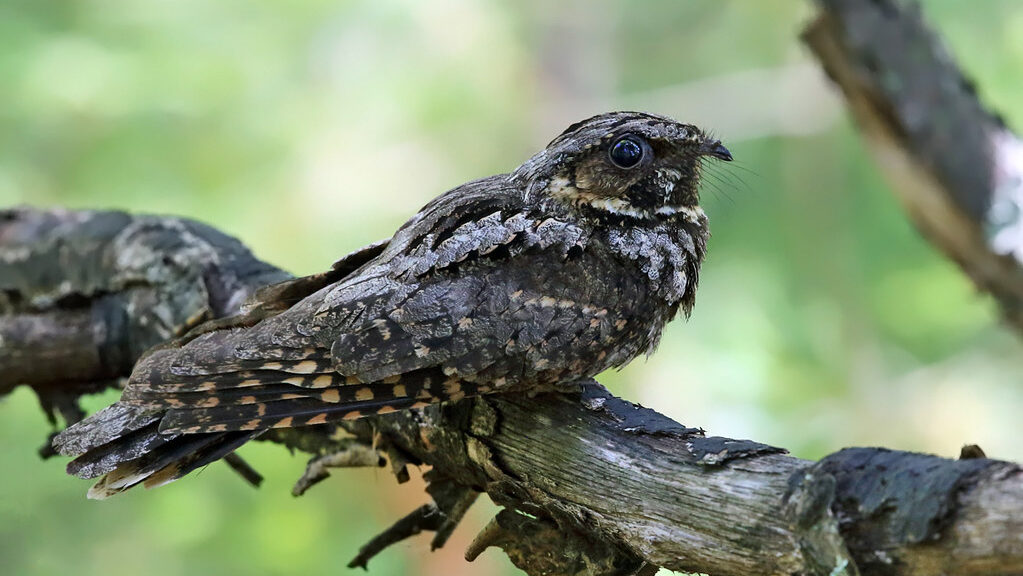
The disappearance of nightjars would likely trigger significant increases in certain insect populations, particularly nocturnal species that escape predation by day-active insectivores. Without nightjars to regulate their numbers, insects like mosquitoes, agricultural pest moths, and beetles could experience population booms with substantial ecological and economic impacts. A single whip-poor-will can consume hundreds of insects nightly, translating to tens of thousands throughout a breeding season—a natural pest control service that would be lost with their disappearance. Agricultural systems near nightjar habitat benefit from this free pest suppression, which helps maintain crop yields without chemical interventions. The regulatory effect of nightjar predation represents an ecosystem service of considerable economic value, estimated in some studies to save millions in pest control costs across agricultural landscapes.
Cascading Effects Throughout Food Webs

Ecological systems function through complex relationships, and the removal of nightjars would trigger ripple effects throughout food webs in ways both predictable and surprising. As insect populations increase following nightjar loss, other insectivorous species might initially benefit from greater prey availability, potentially leading to population increases among bats, swallows, and other aerial insectivores. However, these species cannot completely fill the nightjar’s ecological niche, particularly regarding specific insect prey targeted during nighttime hours. Predators that occasionally hunt nightjars, including owls, hawks, and some mammals, would lose a prey resource, potentially affecting their population dynamics in regions where nightjars constitute a significant food source. Plant communities could also experience changes, as shifts in insect abundance would alter pollination patterns and herbivory pressure, potentially changing forest regeneration and plant species composition over time.
Cultural and Scientific Losses
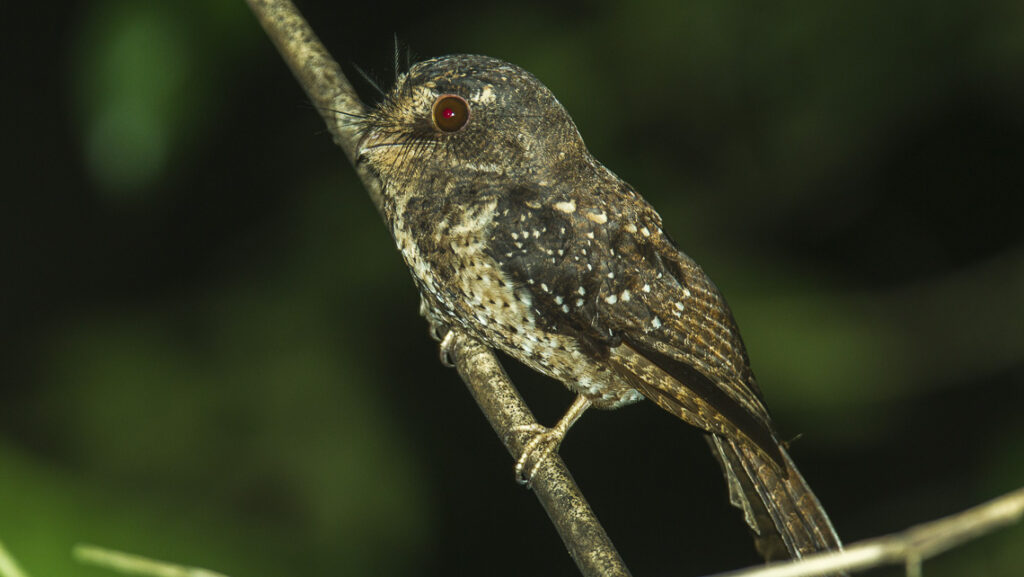
Beyond ecological impacts, the disappearance of nightjars would represent a significant cultural and scientific loss for humanity. Throughout history, nightjars have featured prominently in folklore and mythology across cultures, often associated with mysterious powers due to their nocturnal habits and unusual calls. Indigenous knowledge systems in many regions include detailed understanding of nightjar ecology that would lose context without the birds’ presence. Scientific research opportunities would vanish with these birds, including studies of their remarkable adaptations for nocturnal life, specialized visual systems, and unique flying techniques. The loss of nightjars would also eliminate opportunities to understand evolutionary processes that have shaped these specialized birds over millions of years, removing a fascinating example of adaptation to nocturnal niches.
The Silent Harbingers: Nightjars as Ecological Indicators
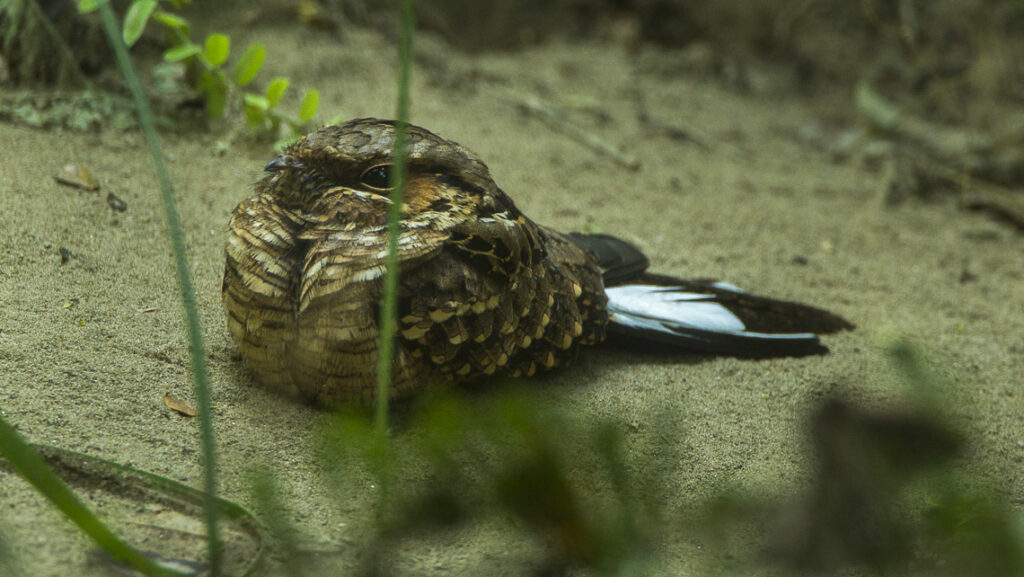
Nightjars function as sensitive ecological indicators, their population trends signaling broader environmental changes that might otherwise go undetected. Their reliance on healthy insect populations makes them early warning systems for insect declines that can precede wider ecosystem disruption. The specialized habitat requirements of many nightjar species make them excellent indicators of habitat quality and landscape health in the regions they inhabit. Research has demonstrated correlations between nightjar abundance and broader measures of biodiversity, suggesting that protecting habitats for these birds simultaneously conserves countless other species. Their potential disappearance would not only represent the loss of these indicator species but might signal that critical ecological thresholds have already been crossed, with consequences extending throughout natural systems.
Conservation Strategies for Nightjar Protection
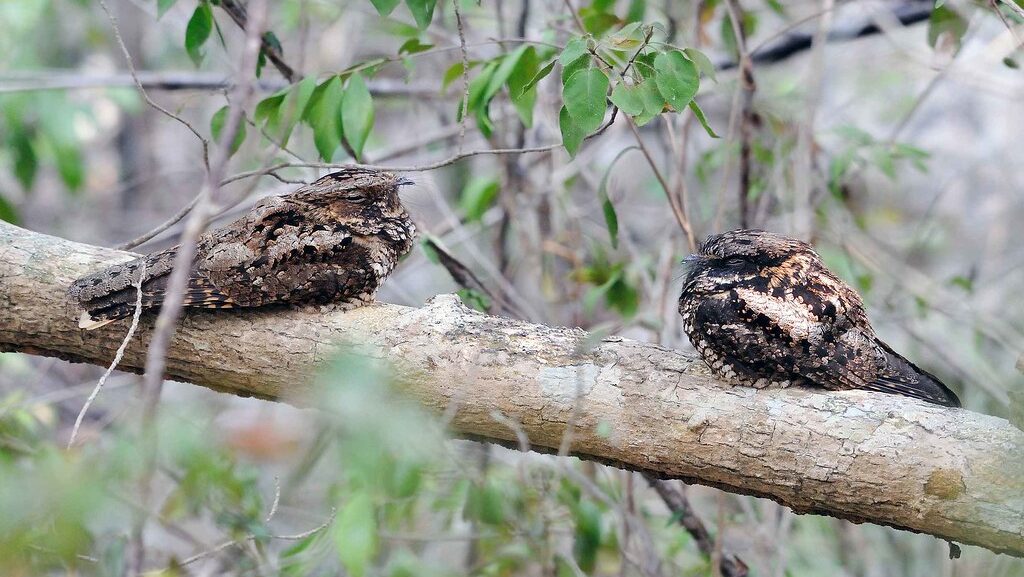
Effective conservation of nightjars requires targeted approaches addressing their specific ecological needs and the threats they face. Habitat protection and restoration represent the foundation of nightjar conservation, including the preservation of forest fragments, maintenance of early-successional habitats, and protection of specialized nesting areas such as sandy soils or rocky outcrops. Modified land management practices can create nightjar-friendly landscapes, including the implementation of forest management that maintains open understory in appropriate forest types and the limitation of disturbance during breeding seasons. Public education plays a crucial role, as increased awareness of these secretive birds helps generate support for conservation initiatives and reduces disturbance of sensitive nesting sites. Scientific research must continue expanding our understanding of nightjar ecology, migration patterns, and population dynamics to inform evidence-based conservation approaches.
Success Stories and Reasons for Hope
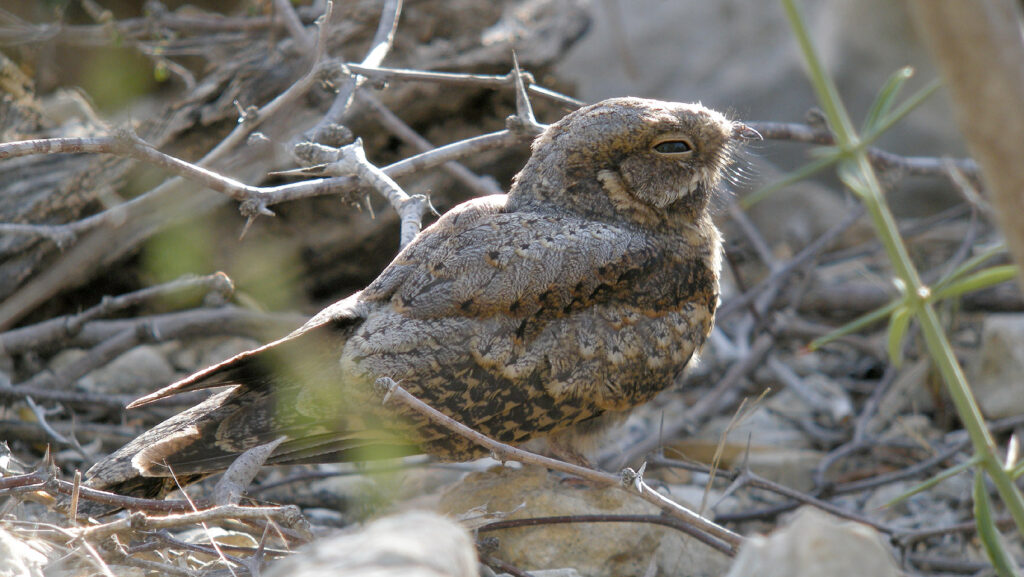
Despite concerning trends, conservation success stories demonstrate that nightjar populations can recover when appropriate protection measures are implemented. In the United Kingdom, targeted management of heathland habitat has helped European Nightjar populations stabilize and increase in some regions after decades of decline. Community-based conservation initiatives in Central America have successfully protected critical habitat for threatened nightjar species while providing sustainable economic opportunities for local residents. Innovative monitoring techniques, including acoustic recording devices and citizen science programs, have improved our ability to track nightjar populations and identify priority areas for conservation action. These success stories illustrate that with sufficient understanding, resources, and commitment, we can prevent the disappearance of these remarkable birds and maintain their ecological functions for future generations.
The Future of the Night’s Silent Hunters
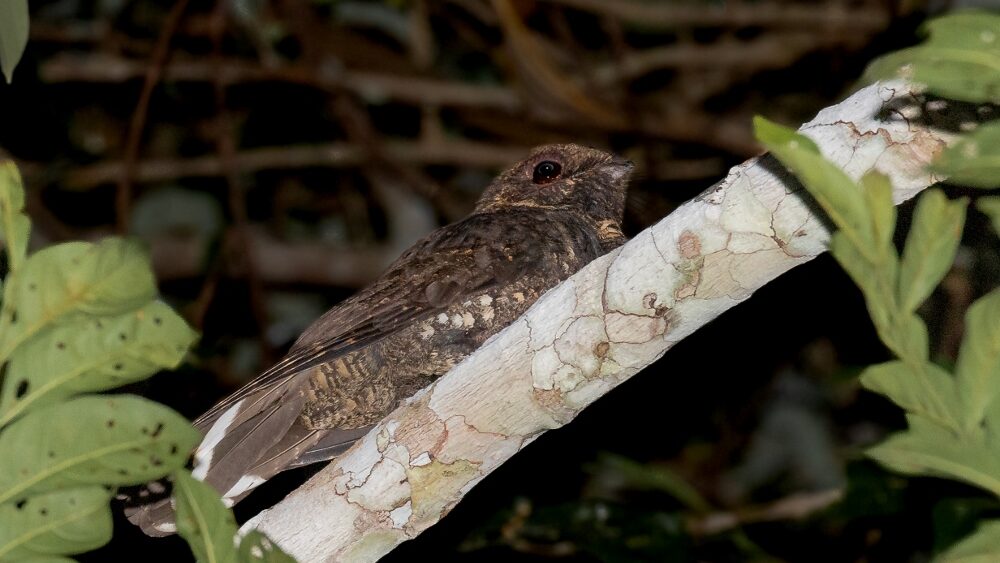
The fate of nightjars remains uncertain, balanced between growing threats and increasing conservation attention as their ecological significance becomes better understood. Climate change introduces additional complexity, potentially altering the timing of insect availability and creating mismatches with nightjar breeding cycles that could further stress vulnerable populations. International cooperation will be essential for protecting migratory nightjar species that cross multiple national boundaries during their annual cycles, requiring coordinated conservation efforts across political divides. Technological advances in monitoring, including satellite tracking of individual birds and automated acoustic monitoring systems, promise to enhance our understanding of nightjar ecology and improve conservation planning. The coming decades will likely determine whether these remarkable birds continue their secretive lives in our forests and fields or join the growing list of species silenced by human activities.
Conclusion
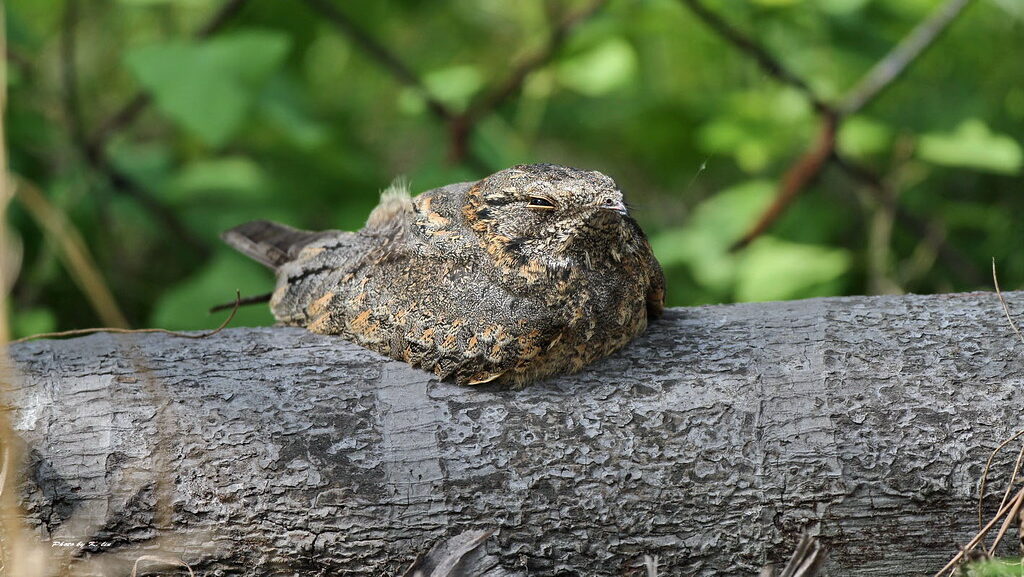
In conclusion, the potential disappearance of nightjars represents far more than the loss of mysterious calls on summer evenings. These specialized birds perform critical ecological functions that maintain balanced ecosystems, provide valuable services to human communities, and embody unique evolutionary adaptations perfected over millions of years. Their decline serves as a warning of broader environmental degradation that threatens biodiversity worldwide. Yet conservation successes demonstrate that with appropriate understanding, commitment, and action, we can protect these remarkable birds and the ecological webs in which they play vital roles. The challenge before us is to recognize the value of these secretive creatures before their silent decline becomes an irreversible absence—a loss that would diminish our natural heritage and potentially trigger cascading effects throughout the ecosystems we all depend upon.
